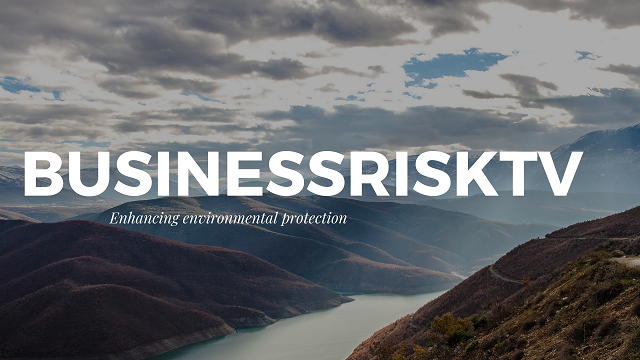Ocean Pastures: Can Iron Ore Resuscitate the Blue Desert?
The vast expanses of the ocean often evoke images of abundance and life. Yet, much of it resembles a vast “blue desert,” with vast regions deficient in crucial nutrients, limiting phytoplankton growth and cascading up the food chain. Iron ore, an unlikely hero, has emerged as a potential key to restoring these “ocean pastures,” sparking both hope and controversy.
The Nutrient-Limited Ocean:
Phytoplankton, microscopic algae at the base of the marine food web, drive ocean health. However, vast areas, particularly in subtropical gyres, lack essential nutrients like iron, limiting their growth and impacting the entire ecosystem. These regions, aptly named High Nutrient Low Chlorophyll (HNLC) zones, hold immense potential for restoration.
Iron Fertilisation: A Controversial Solution:
The concept of adding iron to stimulate phytoplankton growth is known as iron fertilisation. Iron ore, rich in its namesake element, has become a potential fertiliser source. Proponents argue that carefully controlled iron addition can trigger phytoplankton blooms, boosting fish populations and sequestering carbon dioxide as organic matter sinks to the ocean floor.
The Haida Gwaii Experiment:
In 2012, the Haida Gwaii experiment tested iron fertilisation. While it showed increased phytoplankton productivity, concerns arose about potential unintended consequences like altered ecosystem dynamics and harmful algal blooms. This experiment highlighted the need for rigorous scientific research and environmental monitoring before large-scale applications.
Environmental Concerns:
Critics of iron fertilisation raise concerns about disrupting delicate ocean ecosystems, favouring certain species over others, and potentially promoting harmful algal blooms. The long-term impacts on deep-sea ecosystems and potential disruption of carbon cycles remain under investigation.
Regulatory Landscape:
The London Convention on the Prevention of Marine Pollution (LC) currently prohibits commercial iron fertilisation activities due to the uncertain potential environmental risks. Research exceptions are allowed, guiding controlled experiments like the Haida Gwaii project.
Potential Benefits:
Proponents argue that carefully managed iron fertilisation could offer numerous benefits:
- Enhanced Fisheries: Increased phytoplankton could support larger fish populations, revitalising depleted fisheries.
- Carbon Sequestration: Increased phytoplankton growth could lead to more organic matter sinking, potentially enhancing carbon sequestration in the ocean depths.
- Climate Change Mitigation: By boosting the ocean’s ability to absorb carbon dioxide, iron fertilisation could contribute to climate change mitigation strategies.
Challenges and Uncertainties:
Despite potential benefits, several challenges and uncertainties remain:
- Ecological Impacts: Long-term ecological impacts on diverse marine communities require further investigation.
- Scale and Control: Scaling up iron fertilisation from small experiments to large-scale application presents logistical and environmental challenges.
- Economic Viability: The costs of deploying and monitoring iron fertilisation need to be balanced against potential economic benefits.
- International Cooperation: International cooperation is crucial for developing comprehensive regulations and ensuring responsible implementation of iron fertilisation, if deemed viable.
Looking Ahead:
Ocean pasture restoration with iron ore holds potential, but significant research, environmental assessments, and international cooperation are necessary before any large-scale implementation. Responsible science, robust regulations, and careful consideration of potential risks and benefits are essential to navigate this complex issue and determine if iron ore can truly help re-green the blue desert.
Further Exploration:
For a deeper understanding, consider exploring these resources:
- Iron Fertilization – Wikipedia: https://en.wikipedia.org/wiki/Iron_fertilization
- OPR Alaska – Ocean Pastures Restoration: https://www.akleg.gov/basis/get_documents.asp?session=33&docid=1519
- The Ocean Project – Iron Fertilization: http://railsback.org/Fundamentals/SFMGFeasnutrient02.pdf
Remember, this is just a glimpse into a complex and rapidly evolving topic. Stay informed, explore diverse perspectives, and engage in responsible discussions as we navigate the potential of ocean pasture restoration with iron ore.
Get help to protect and grow your business
Subscribe for free risk alerts and risk reviews
Read business risk management articles
